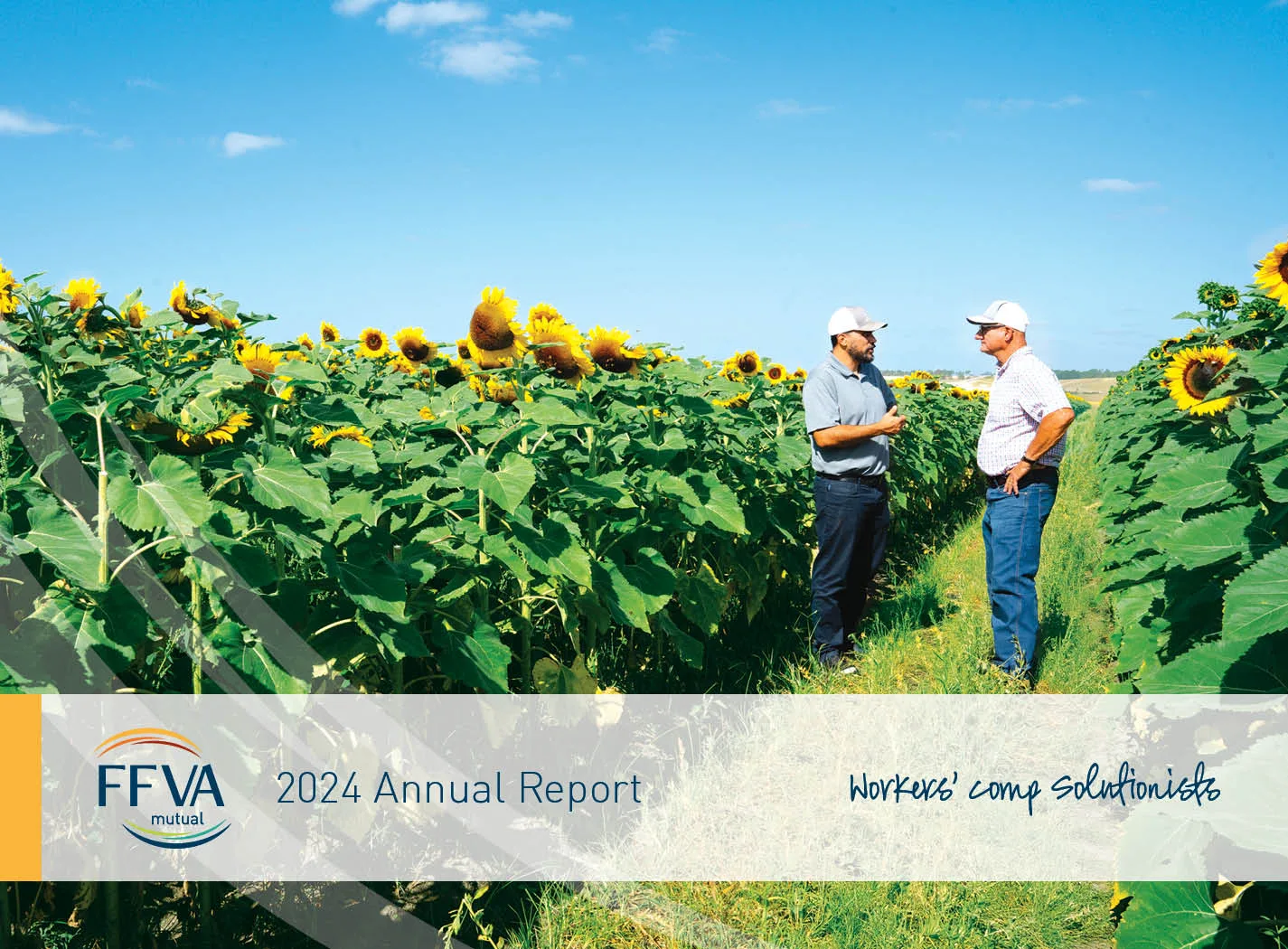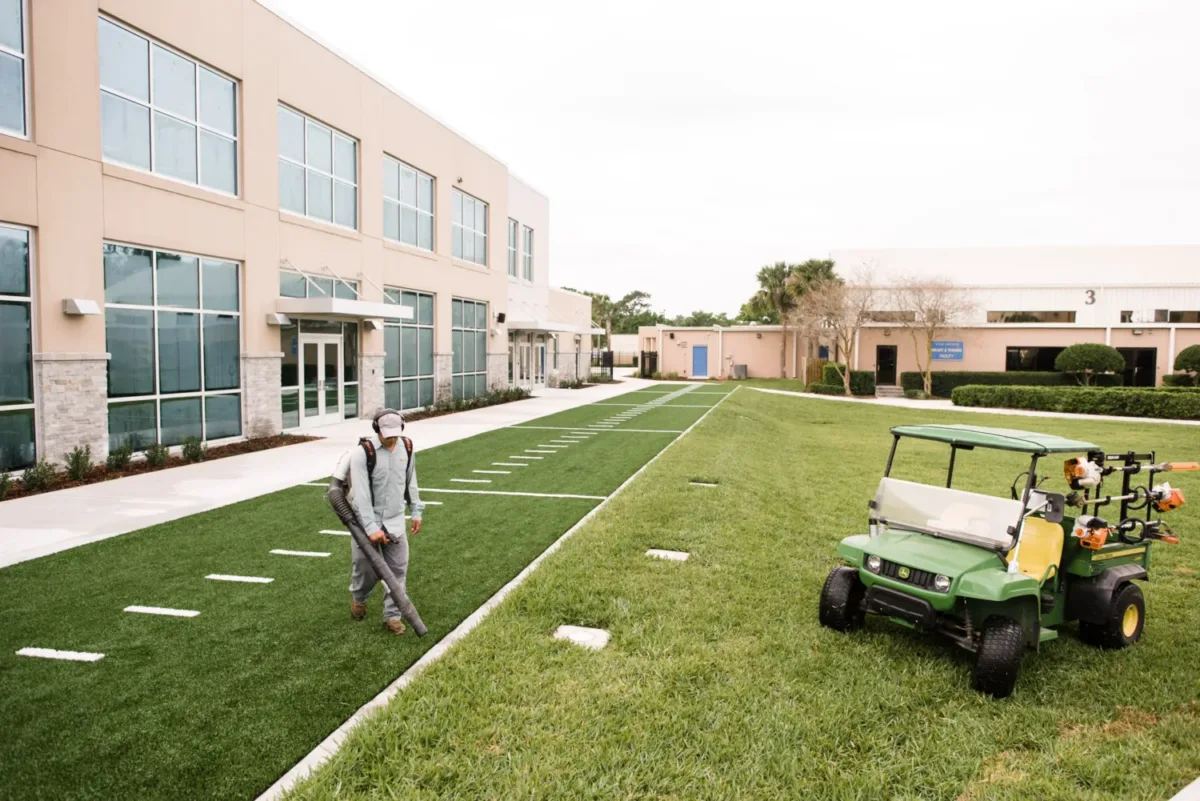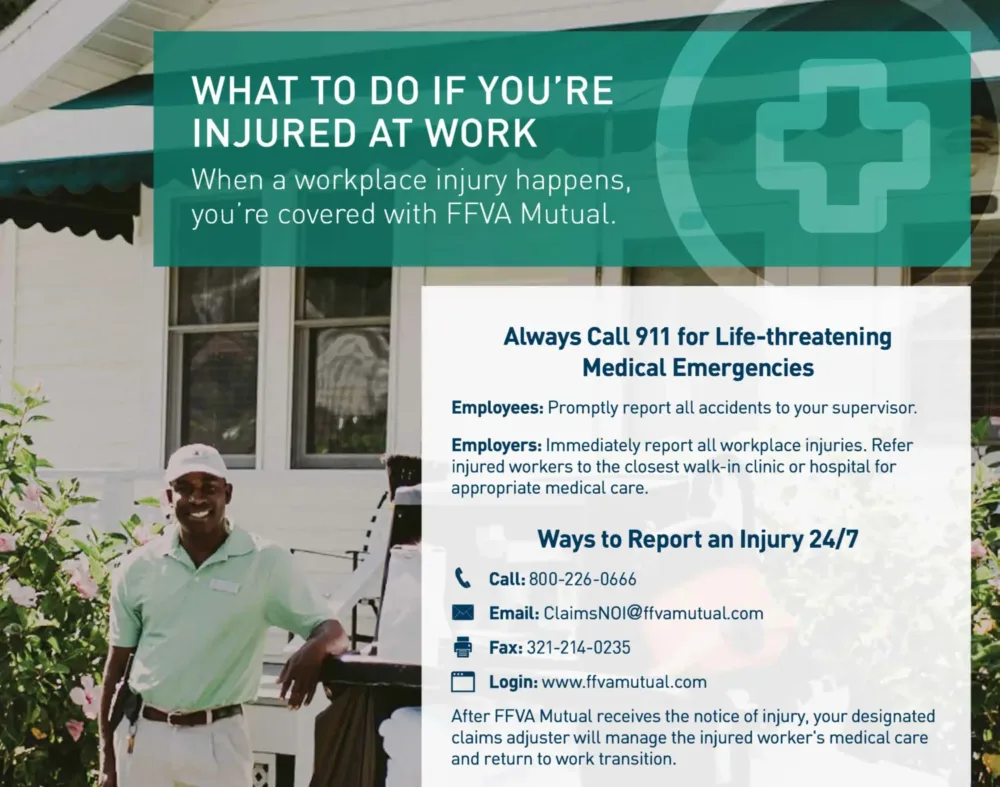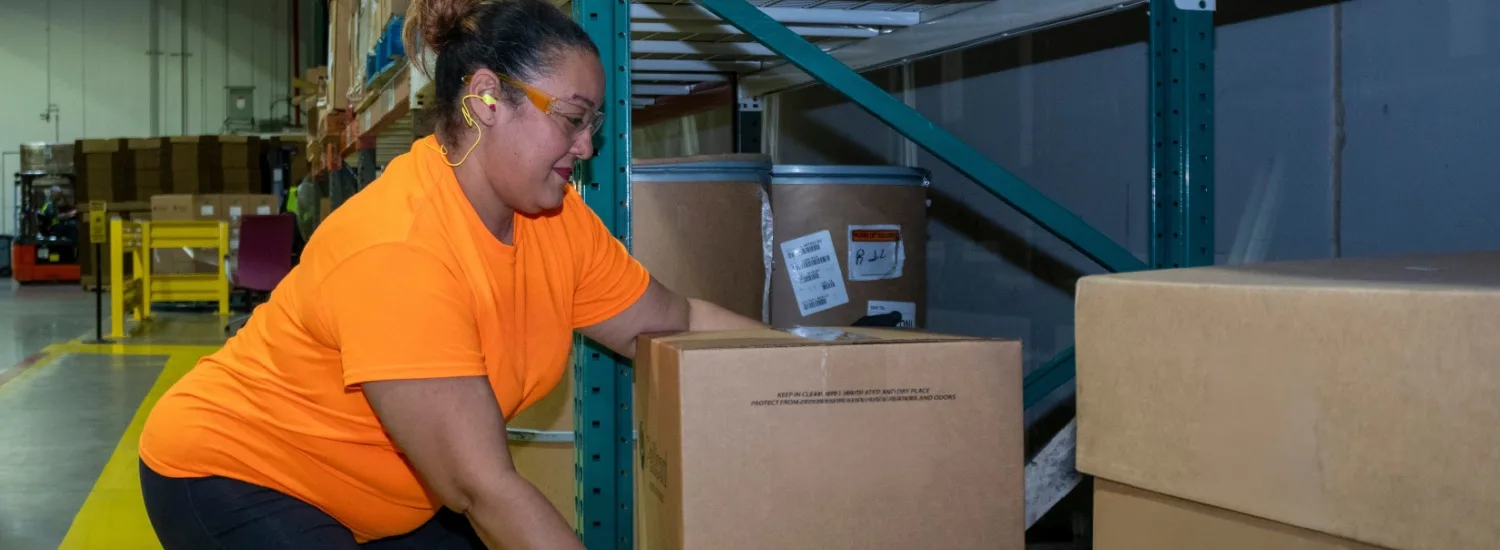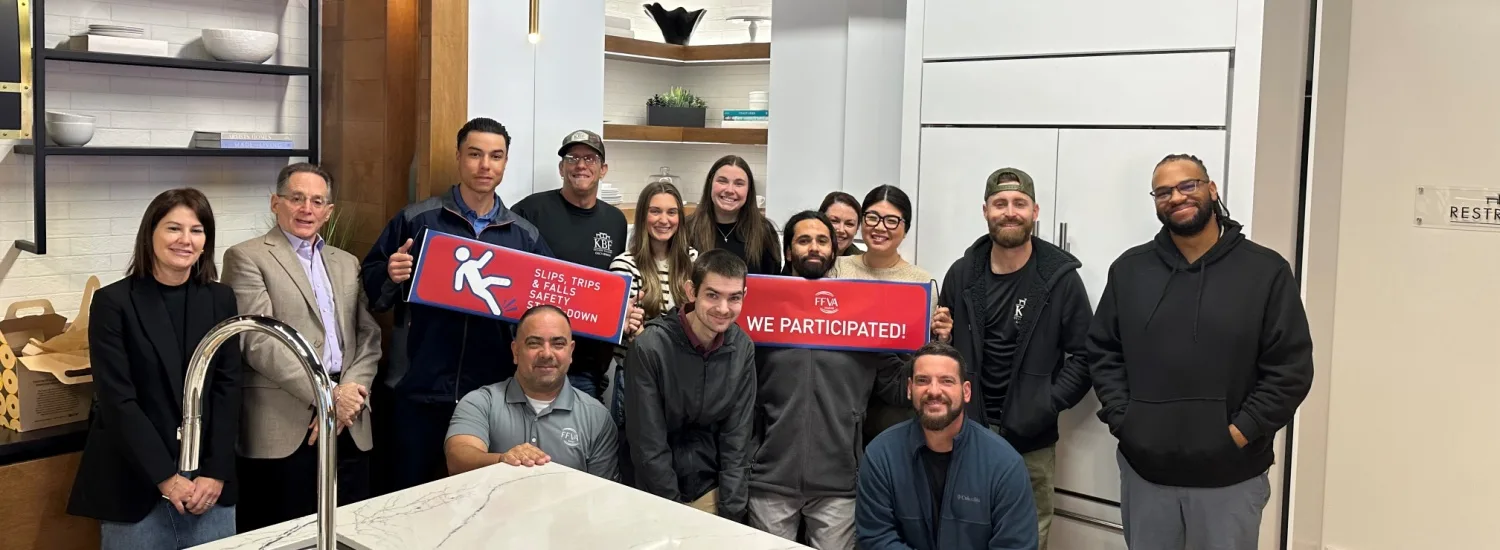Improve your safety program
Every 101 minutes in 2021, a worker’s life ended due to a work-related injury. With such chilling statistics, we can clearly understand how crucial health and safety in the workplace truly are.
It’s not just about compliance or ticking boxes off a checklist — it’s about saving lives, preventing injuries and creating a secure space where everyone feels protected to perform their best. Federal OSHA standards are in place to guide this process, with Fall Protection, Ladders in construction (29 CFR 1926.501 and 1926.1053), and Hazard Communication in general industry (29 CFR 1910.1200) being among the most commonly cited.
But the real question is, how do you get there? How do you build an effective employee safety program that not only meets these OSHA standards but also fosters a culture of safety? That’s exactly what we’re here to help you understand. Let’s get started.
What is health and safety in the workplace?
When we talk about health and safety in the workplace, we’re really talking about people — about you, your coworkers and ensuring each and every employee is safe and healthy while doing their jobs. It’s about looking out for one another and forging an environment where everyone feels secure and can excel at their tasks.
So why should we prioritize this? Simply put, a safe and healthy workplace is a better workplace. It’s a place where people are happier, more productive and free to focus on their work instead of worrying about potential risks or hazards. A robust safety program doesn’t just prevent accidents and illnesses — it also saves you time and money by reducing downtime and worker’s compensation claims.
Crafting a strong safety program involves a mix of awareness, preparedness and training. You need to identify potential hazards in the workplace and establish clear procedures to handle them. But it’s not just about having rules on paper. It’s about making sure every employee knows and understands these rules. That’s where regular safety training comes into play — ensuring all of them are up-to-date on safety protocols and how to respond to different scenarios.
An effective way to keep safety at the forefront of everyone’s mind is to have regular safety topics that the entire team can focus on. These 12 monthly safety topics can serve as a starting point, guiding you through a year of safety-focused conversations and actions.
What are the five principles of safety?
Safety is no accident. It’s something you have to plan and work for. To help you do that, here are the five principles of safety:
- Commitment from management: Safety starts at the top. When managers show their commitment to safety, it sets a strong example for everyone else.
- Involvement of all employees: Everyone should have a part to play in keeping the workplace safe, from spotting hazards to following safety procedures.
- Regular hazard identification and risk assessment: To prevent accidents, you need to understand the risks. Routine inspections and risk assessments can help you identify potential dangers before they become serious issues.
- Training and education: Knowing what to do is just as important as knowing what not to do. Constant safety training ensures that everyone knows how to handle various safety situations.
- Continual improvement: Regularly reviewing and updating your safety procedures can help you keep improving and adapting to new challenges.
If you feel your workplace could use more training to help embed these principles into your day-to-day, don’t hesitate to submit a safety training request.
Who is OSHA and what are their requirements for employees?
OSHA, short for the Occupational Safety and Health Administration, is the U.S. agency tasked with a big job: ensuring workplaces across the country are safe and healthy for all employees. They create and enforce standards, provide safety training and keep a vigilant eye on workplaces for safety issues.
But what exactly does OSHA require from businesses? They mandate that employers provide a safe working environment, free from known dangers. They require employers to keep employees informed about potential hazards in their jobs, conduct appropriate training on safety procedures and give necessary personal protective equipment (PPE).
But there’s more to OSHA’s requirements, and they change periodically to stay up-to-date with new safety research and technology. That’s why we provide an annual OSHA update, summarizing changes and offering tips to stay compliant. Our 2023 annual OSHA update is a fantastic resource to make sure you’re on top of the latest guidelines and best practices.
How to boost your workplace safety program
Leveling up your safety program starts with consistent assessment and improvement. Safety isn’t a destination — it’s a journey. By regularly evaluating your safety procedures, spotting weaknesses and making necessary changes, you can ensure they’re always as effective as possible.
Remember the five safety principles we discussed earlier? They should be your north star guiding your safety program’s development. And don’t forget to take advantage of resources and training opportunities to boost your program further. For instance, holding regular safety stand-downs — where work is paused so everyone can focus on a particular safety issue — can be a game-changer.
Also, consider implementing safety incentive programs to reward employees for model behavior. It’s a great way to reinforce the importance of safety and motivate everyone to contribute to a more protected workplace. Don’t forget to explore our safety toolkit — it’s packed with practical tools and tips to help you make your workplace as safe as it can be.
Fostering a culture of safety with FFVA Mutual
At FFVA Mutual, we’re all about helping you create a safer, healthier workplace. From safety resources to risk assessment tools, we’re here to support you every step of the way. So don’t hesitate to reach out with your safety questions. We’re more than happy to help.
Got a safety question? Ask us!










